Proposal to tax people with many houses and lands; House prices will increase by 15-20% due to the impact of land price list
The Ministry of Finance proposed to reduce land rent by a maximum of about 4,000 billion VND; Hanoi will publicly announce the highest bidder and then cancel the auction land deposit; Ho Chi Minh City will issue new regulations on compensation, support, and resettlement.
Here is a summary of the week's outstanding real estate information.
The Ministry of Construction and the Ministry of Finance will study taxing people who own many houses and lands.
At the regular press conference for the third quarter of 2024, Mr. Nguyen Duc Chi, Deputy Minister of Finance, said that the Ministry of Finance fully agrees with the proposal to tax people who own many houses and lands of the Ministry of Construction.
 |
| Speculative groups and associations "surf" auctioned land. Photo: Thanh Vu |
However, the Deputy Minister also affirmed that the goal of limiting speculation and stabilizing the market will be difficult to achieve if only relying on tax policies. Instead, the policy system needs to have synchronization between regulations on land, planning, etc.
Previously, in a report sent to the Government Office , the Ministry of Construction proposed a tax policy for cases of owning and using many houses and lands to limit speculation and buying and selling in a short period of time to make a profit.
According to Dr. Nguyen Van Dinh, Chairman of the Vietnam Association of Realtors (VARS), the current legal system has no sanctions to control and prevent land speculation and hoarding to push up prices. Meanwhile, uncontrolled buying and selling is the main cause of "land fever" in many localities.
Ministry of Construction: Housing prices will increase by 15-20% due to the impact of land price list
In a report on real estate prices sent to the Government Office, the Ministry of Construction stated that when applying the 2024 land price list, land use costs for real estate projects will increase compared to before. This will directly cause housing prices to increase by about 15-20%.
Specifically, according to the Ministry of Construction, land costs account for 7-20% of the total implementation cost of a high-rise apartment project. Even for villa and townhouse projects, this rate is up to 25-50%. On the other hand, compensation costs for assets on land often account for a small proportion of construction investment costs, only about 2%.
Citing actual evidence, the Ministry said that at the residential area of the investor GP Invest, the land use fee calculated on the selling price of 1m2 of apartment after applying the new land price list will increase to 22 million VND/36 million VND (accounting for about 60%). Currently, this rate is about 42%, equivalent to 15 million VND/36 million VND.
This trend is also happening at the Chanh My urban villa project (Binh Duong), from 16.3% to about 50%. Similarly, the Thanh Lam - Dai Thinh 2 project (Hanoi) also has land use fees increasing from 15% to 33% of the selling price.
While land prices continue to skyrocket, other costs such as construction investment costs, loan costs, sales, taxes, etc. are assessed by the Ministry of Construction as having “little fluctuation”. Loan costs have even decreased as interest rates have gradually “cooled down”.
Ministry of Finance proposes to reduce land rent by up to VND4,000 billion
In the draft Government Decree on land rent reduction in 2024, which is being consulted, the Ministry of Finance proposed two options, including reducing 15% or 30% of land rent payable in 2024, excluding debts from previous years and late payment fees. If the proposal is approved, the amount of land rent collected to the budget could decrease by about VND2,000 - 4,000 billion.
The subjects of this policy are organizations, units, households and individuals who are directly leasing land from the State in the form of annual rental payment. Land lessees who are receiving reduced land rental are also subject to incentives.
To get a reduction, the land lessee will make a request according to the form, be legally responsible for the honesty and accuracy of the information, and ensure the correct subject.
The Ministry believes that the reduction in land rent under this policy will not significantly affect the total state budget revenue. On the contrary, the reduction in land tax will have a major impact on the production and business activities of enterprises and people, thereby helping the budget have more tax revenue, offsetting the reduction in land rent.
Hanoi regulates the area of land division and consolidation for each type of land.
Recently, the Hanoi People's Committee issued Decision No. 61/2024/QD-UBND dated September 27, 2024, regulating a number of contents in the field of land in Hanoi. In particular, there are regulations on conditions for land division and consolidation and minimum area and size for division for each type of land, the regulation takes effect from October 7, 2024.
Accordingly, in the case of residential land, in wards and towns, the land area outside the red line must not be less than 50 m2. The width adjacent to the road or walkway must also be 4 m or more.
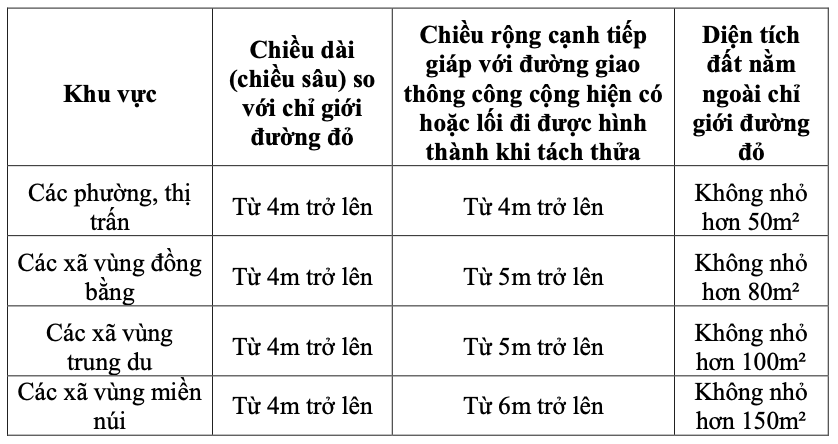 |
| Regulations on land subdivision for residential land. |
In the plain communes, the minimum area for land division is 80 m2, the width must be from 5 m or more. For the midland communes, the minimum area for land division is 100 m2, the width must also be from 5 m. In the mountainous communes, the prescribed area is not less than 150 m2, the width must be from 6 m or more.
All of the above areas have a prescribed length when dividing the plot of land of 4 m or more.
 |
| Regulations on land division for commercial, service and non-agricultural land. |
For commercial service land, the minimum area for land division in wards, towns and communes is 400 m2 and 800 m2 respectively. The prescribed width is 10 m and 20 m respectively. The length is from 4 m or more.
For non-agricultural land, the minimum area for plot division in wards, towns and communes is 1,000 m2 and 2,000 m2 respectively. The prescribed width is 20 m and 40 m respectively. The length is always 5 m or more.
For agricultural land, in the case of land for annual crops, the minimum area for subdivision is 300 m2 for wards and towns and 500 m2 for communes.
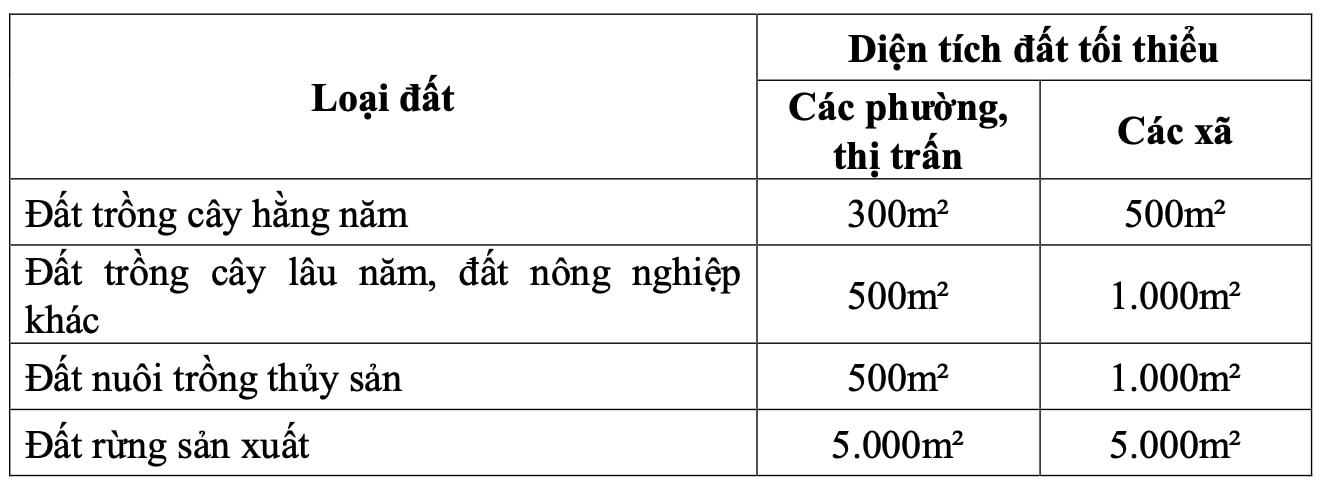 |
| Regulations on subdivision of agricultural land. |
For land for perennial crops, the minimum area for subdivision in wards and towns is 500 m2; in communes it is 1,000 m2. Aquaculture land also has regulations on plot area similar to that of land for perennial crops.
In the case of production forest land, the minimum land area is 5,000 m2 for wards, towns and communes.
Previously, answering a reporter from Dau Tu Newspaper, Mr. Pham Duc Toan, CEO of EZ Property, also mentioned that if Hanoi increases the minimum area for land division to 50 m2, real estate prices may increase. Because investors specializing in land division will now have to spend more money to buy large plots of land, thereby making the plots after division more expensive.
In addition, with the increase in the minimum area for land division to 50 m2, the cost of building housing will also increase. This may increase financial pressure on those with real housing needs.
Hanoi will publicly announce the highest bidder and then cancel the auction land deposit
The Hanoi People's Committee has just issued a directive on land auctions in the area. Notably, the city's leaders requested the district-level People's Committees to make a list of cases where people paid higher than market prices to win the auction but did not pay according to regulations, causing market disruption.
This list will be made public on the district's information page and the Department of Natural Resources and Environment (DONRE).
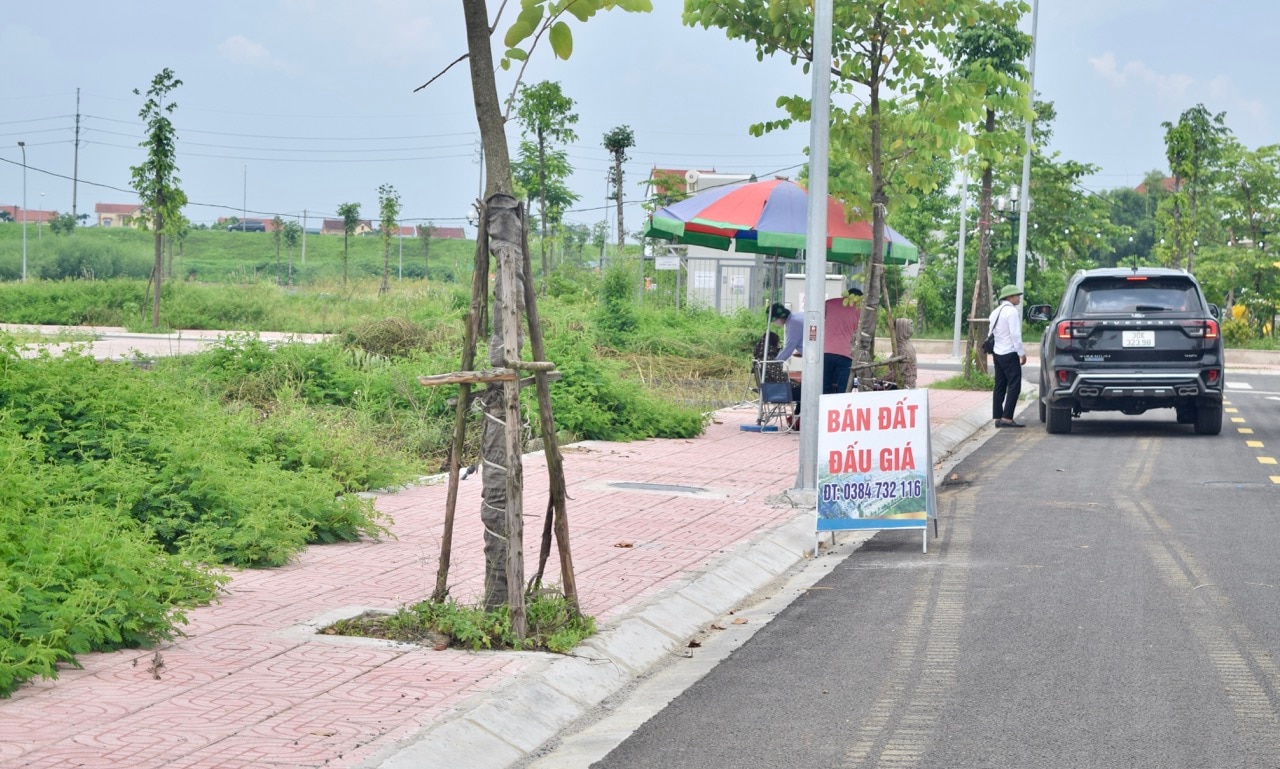 |
| Associations and groups openly sell land at higher prices and skim auctioned land. Photo: Thanh Vu |
In addition, the city leaders also requested the police to consider professional measures to promptly detect violations in the auction of land use rights; instruct the People's Committees of districts, towns and cities to take measures to prevent violations of auction regulations from continuing to participate in auctions.
In addition to the above information, another noteworthy point in the document is that Hanoi requires localities to limit the organization of auctions to allocate land to individuals to build their own houses. Instead, the priority subjects for auctioning land use rights are organizations implementing investment projects, with sufficient capacity to implement and use land effectively.
The Department of Natural Resources and Environment is assigned to continue to preside over and coordinate with relevant units to speed up the progress of updating and adjusting the land price list, submitting to the City People's Committee for decision to adjust the land price list according to regulations; promptly update, coordinate, and guide the District People's Committees to remove difficulties and obstacles in the process of determining land prices.
Regarding the implementation and organization of auctions, Hanoi requires publicity and transparency in providing information about auctions on the central, city and local information systems according to regulations.
Districts, towns and cities shall organize land use right auctions to allocate land with land use fees and lease land in accordance with prescribed procedures; consider regulating price steps and auction forms (mandatory multi-round auctions) to ensure competitiveness and closeness to market prices.
Apartment prices near Cau Giay - Nhon metro line increased by over 40% within 1 year
According to Savills, within a radius of 500 m from the stations of the Cau Giay - Nhon metro line (Hanoi), the average price of apartments in Cau Giay district has increased by more than 40% compared to the third quarter of 2023.
Meanwhile, in other areas of the capital, the average price increase is only about 25-35%. That shows that the advantage of the metro system has caused the surrounding real estate prices to increase 5-15% higher than the general level.
In Ho Chi Minh City, apartment prices along the metro line have also continuously increased by 35-70% compared to the time of opening for sale, with some projects even doubling in the period 2015-2023.
For example, at Masteri Thao Dien, this project is located next to the metro line connecting the center of Ho Chi Minh City to Thu Duc City. At the time of opening for sale at the end of 2014, the apartment price fluctuated around 35 - 39 million VND/m2. However, the price on the secondary market has now reached 69 - 75 million VND/m2.
“The metro line will contribute to increasing the value of real estate along its route. More importantly, the metro system helps to significantly improve the social life of the people. This public transport not only reduces traffic accidents and congestion, but also contributes to reducing environmental pollution and saving travel costs for people,” said Ms. Nguyen Thi Hong Van, Deputy Director of Savills Valuation and Consulting.
Ho Chi Minh City issues new regulations on compensation, support, and resettlement
Recently, the Ho Chi Minh City People's Committee issued Decision No. 68/2024/QD-UBND on compensation, support and resettlement when the State acquires land in the city, effective from September 25, 2024.
Regarding temporary housing support, the city will arrange temporary housing or support housing rent. People whose land is recovered in inner-city districts will receive support of no more than VND24 million/household/month, while in other areas, the support amount will not exceed VND21 million/household/month.
In addition, the resettlement policy allows people whose land is recovered to choose the form of compensation in the form of residential land, housing or cash. In particular, for residential land, the land area will comply with the regulations on the minimum area allowed for subdivision in the locality, while in the case of compensation in the form of housing, the minimum housing area is 30m2.
Depending on the type of land, the compensation level will be different. Specifically, rice land will be compensated 40,000 VND/m2, perennial land will be compensated 50,000 VND/m2, aquaculture land will range from 20,000-50,000 VND/m2 and non-agricultural land that is not residential land will be compensated 50,000 VND/m2.
To help people stabilize their lives, Ho Chi Minh City also has a policy to support stable production and business up to 30% of the average income of the last three years for suitable subjects.
In addition, to encourage people and businesses to actively cooperate in land acquisition, the city also stipulates rewards for households and organizations that hand over land early. Specifically, households whose entire houses are acquired will be rewarded 15 million VND, while organizations will be rewarded 10,000 VND/m2 of factory area.
Da Nang auctions hundreds of residential land lots, expected to collect 720 billion VND
The Da Nang City Land Fund Development Center has just announced the selection of an organization to auction 123 subdivided residential land lots in the city.
Accordingly, these land lots have completed site clearance, have no assets attached to the land and are auctioned online.
The locality with the largest number of land lots put up for auction is Ngu Hanh Son district with 53 lots. Of these, 7 lots are on Vo Chi Cong street, with an area of nearly 100 m2/lot, starting price of nearly 75 million VND/m2; 29 lots are located on the two frontages of Vo Chi Cong and Luu Dinh Chat streets, with an area of 105 m2/lot, starting price of 47.3 million VND/m2.
The remaining lots belong to the resettlement area of Khai Tay 2 (Ba Tung expansion), Hoa Quy ward, area of over 406 m2/lot, starting price of over 23 million VND/m2.
In Son Tra district, there are 46 lots put up for auction, including 10 lots on Tran Thanh Ton street, area 100 m2/lot, starting price over 40.6 million VND/m2; 14 lots on Chu Huy Man street, area over 127 m2/lot, starting price nearly 46.7 million VND/m2; 11 lots on Ngo Cao Lang street, area 100 m2/lot, price over 52 million VND/m2.
The remaining lots are located on the intersection of Pham Van Xao and Ho Si Phan streets, the intersection of Pham Van Xao and Co Man 9 streets, the intersection of Do Anh Han and Hoang Quoc Viet streets, with starting prices from 47.7 - 61.5 million VND/m2.
Hai Chau District has 3 lots, including: lot B99 at the intersection of Nguyen Huu Dat - Huynh Man Dat, lot 96 B1.1 at the intersection of Trinh Cong Son - Tien Son 9, lot 01 - B1.2 at the intersection of Trinh Cong Son - Tien Son 9. These lots have an area of 109 - 115 m2, starting price from 98.6 - 100.7 million VND/m2. This is the area with the highest price in this auction.
Thanh Khe District auctioned a land lot located at the intersection of Ly Trien - Nguyen Phuoc Thai streets, area of over 122m2, starting price 58.2 million VND.
Cam Le District has 9 lots, these lots are located on Lo Giang 2, Lo Giang 3, 29/3, Nguyen Quang Lam, Te Hanh, Do Doc Tuyet, Nguyen Kim streets... The area of these lots is from 114 - 245 m2, starting price is more than 25 - 51 million VND/m2.
In this auction, there are also 2 lots in Lien Chieu district and 9 lots in Hoa Vang district. These two localities have lower land prices than other localities, ranging from 13 to 27 million VND/m2.
According to the Da Nang City Land Fund Development Center, the total value of the 123 land lots above, calculated at the starting price, is more than 720 billion VND.
Taseco Land "opens the door" to become the investor of a 3,200 billion VND project in Me Linh
According to the Hanoi Department of Planning and Investment, Taseco Real Estate Investment JSC – Taseco Land is the only investor registered to implement the project to build the new Me Linh urban area in Me Linh and Van Khe communes, Me Linh district.
Notably, although the deadline for submitting documents has expired (the deadline is August 31), the Department has only recorded one registered entity to implement the project, Taseco Land. Thus, this enterprise has firmly grasped the opportunity to become the project investor.
The Me Linh new urban area covers an area of nearly 41 hectares and is expected to provide housing for about 5,060 people. When completed, the urban area will launch about 657 low-rise apartments and a social housing building with 809 apartments. In addition, the project also has 2 commercial service buildings with 3-9 floors, educational and medical facilities, cultural and sports centers, green trees and water surfaces, etc.
The project has a total investment capital of more than 3,200 billion VND, of which the project implementation cost is more than 2,900 billion VND, the rest is compensation cost, site clearance support, and resettlement.
The investment project's duration is 50 years, starting from the date the investor receives the State's decision to allocate land, decide to lease land, and decide to change the land use purpose. The project implementation progress lasts from 2024 to 2028.
With the advantage of being adjacent to Noi Bai airport and having Ring Road 4 passing through, Me Linh district is becoming the destination of a series of large real estate projects. Some names that can be mentioned are Cienco 5 Me Linh, Diamond Park, HUD Me Linh, Ceo Me Linh, Tien Phong Me Linh urban area, Ha Phong urban area...



![[Photo] Party and State leaders attend the special art program "You are Ho Chi Minh"](https://vphoto.vietnam.vn/thumb/1200x675/vietnam/resource/IMAGE/2025/5/18/6895913f94fd4c51aa4564ab14c3f250)
![[Photo] Many young people patiently lined up under the hot sun to receive a special supplement from Nhan Dan Newspaper.](https://vphoto.vietnam.vn/thumb/1200x675/vietnam/resource/IMAGE/2025/5/18/6f19d322f9364f0ebb6fbfe9377842d3)
![[Photo] Ready for the top competitions of Vietnamese table tennis](https://vphoto.vietnam.vn/thumb/1200x675/vietnam/resource/IMAGE/2025/5/18/9c547c497c5a4ade8f98c8e7d44f5a41)




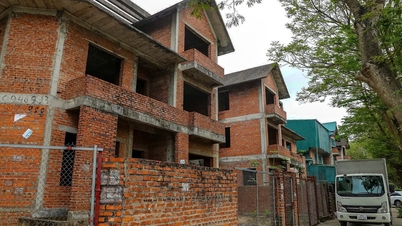

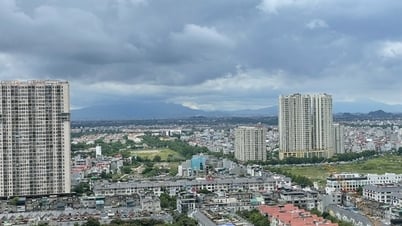

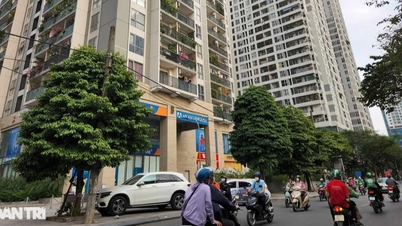
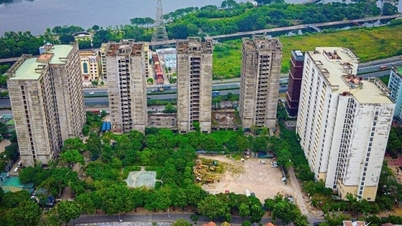
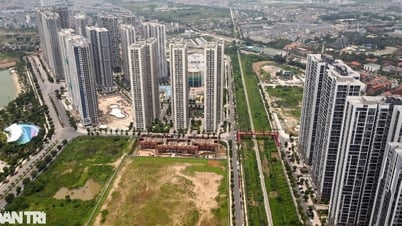
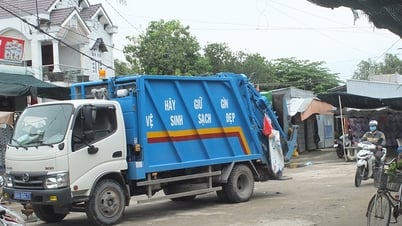
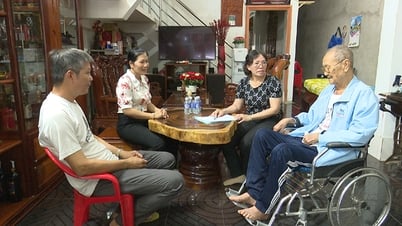
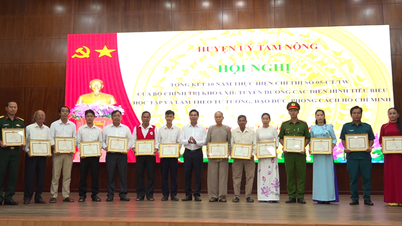

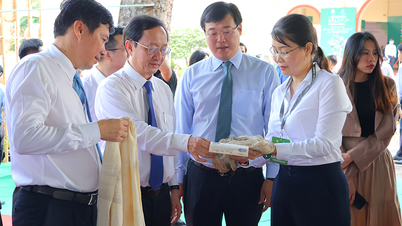
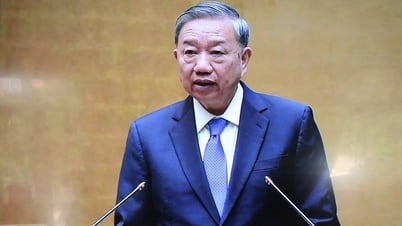






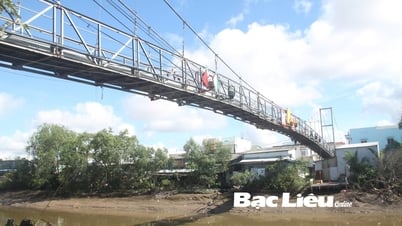
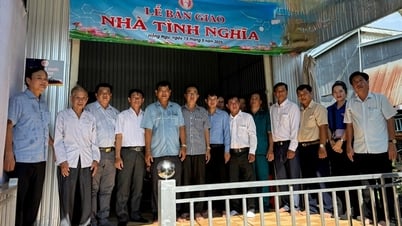



























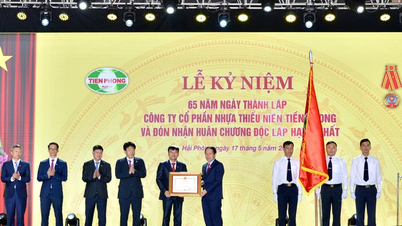




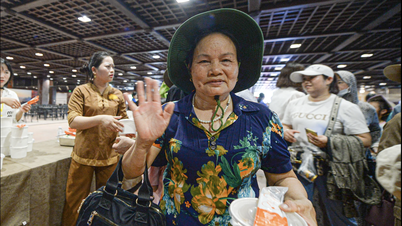






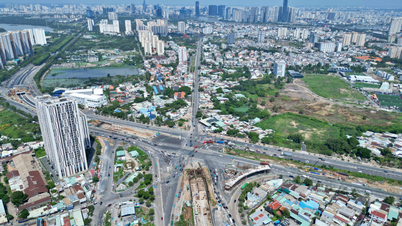
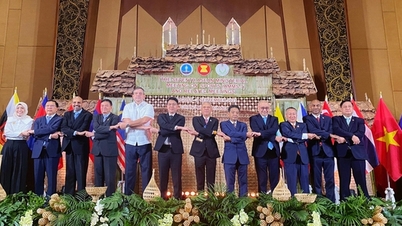

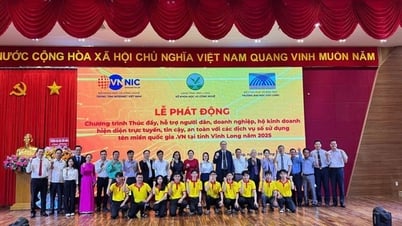

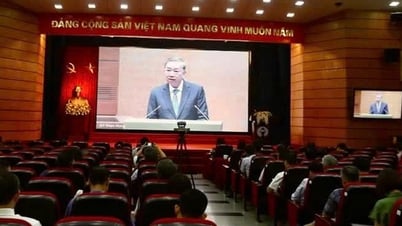
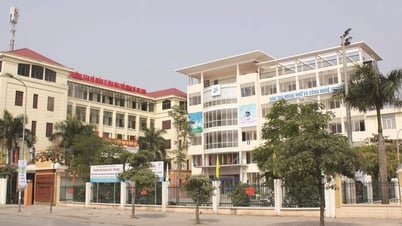

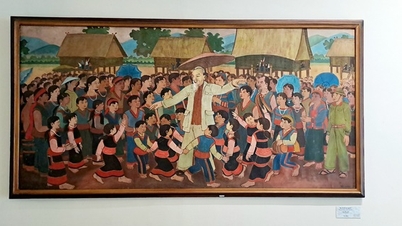






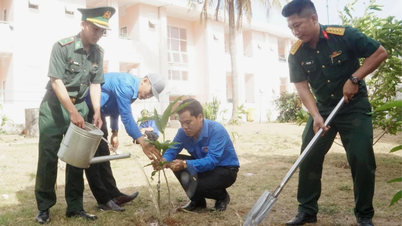

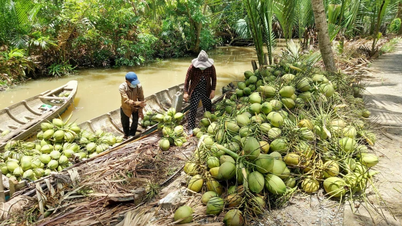









Comment (0)